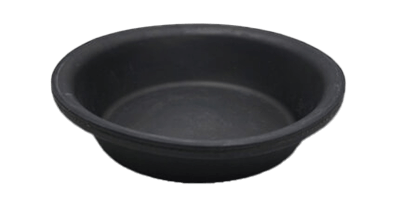What Is a Diaphragm?

A diaphragm is a critical component in both industrial and medical applications, utilized in sensors, valves, pumps, and other machinery. Typically, rubber is used for the flexible parts, while fluoroplastic is preferred for parts in contact with fluids.
Diaphragms operate under various motive forces, including electricity, air, or hydraulic pressure, and their elasticity allows them to be effective in pressure sensing and providing seals.
Uses of Diaphragms
1. Pumps
Diaphragms in pumps isolate and seal moving liquids, handling chemicals and agents with durability thanks to materials like rubber and fluoroplastics.
2. Valves
In the pharmaceutical, food, and medicine industries, diaphragm valves control liquid flow precisely, enhancing valve operation.
3. Gas Control
For high-purity gas handling and precise pressure control, diaphragms offer rapid responsiveness and precision in industrial applications.
4. Electrical and Electronics Industries
Leveraging their high electrical insulation, diaphragms are integral in manufacturing components such as connectors, switches, and sensors, and controlling devices like vacuum pumps.
Principle of Diaphragms
Diaphragm pumps utilize air or electricity to move the diaphragm, creating suction and pumping action, albeit with pulsation. Diaphragm valves, featuring a diaphragm in the flow path, use handle rotation to extend the diaphragm and control flow, offering low fluid resistance. Differential pressure level gauges convert diaphragm deformation under pressure into electrical signals for liquid level measurement.
Types of Diaphragms
1. Rubber Diaphragm
Common in pump and valve control, rubber diaphragms offer flexibility, durability, and long service life due to their resistance to friction and vibration.
2. Metal Diaphragm
Used in harsh environments, metal diaphragms are prized in the chemical, oil and gas, and aerospace industries for their durability and precision.
3. Plastic Diaphragm
Lightweight and chemically resistant, plastic diaphragms are essential in the pharmaceutical, food industries, and water treatment, also providing electrical insulation.
4. Fluoroplastic Diaphragm
For handling corrosive chemicals, fluoroplastic diaphragms are ideal, offering chemical and temperature resistance, used extensively in chemical plants and the semiconductor industry.